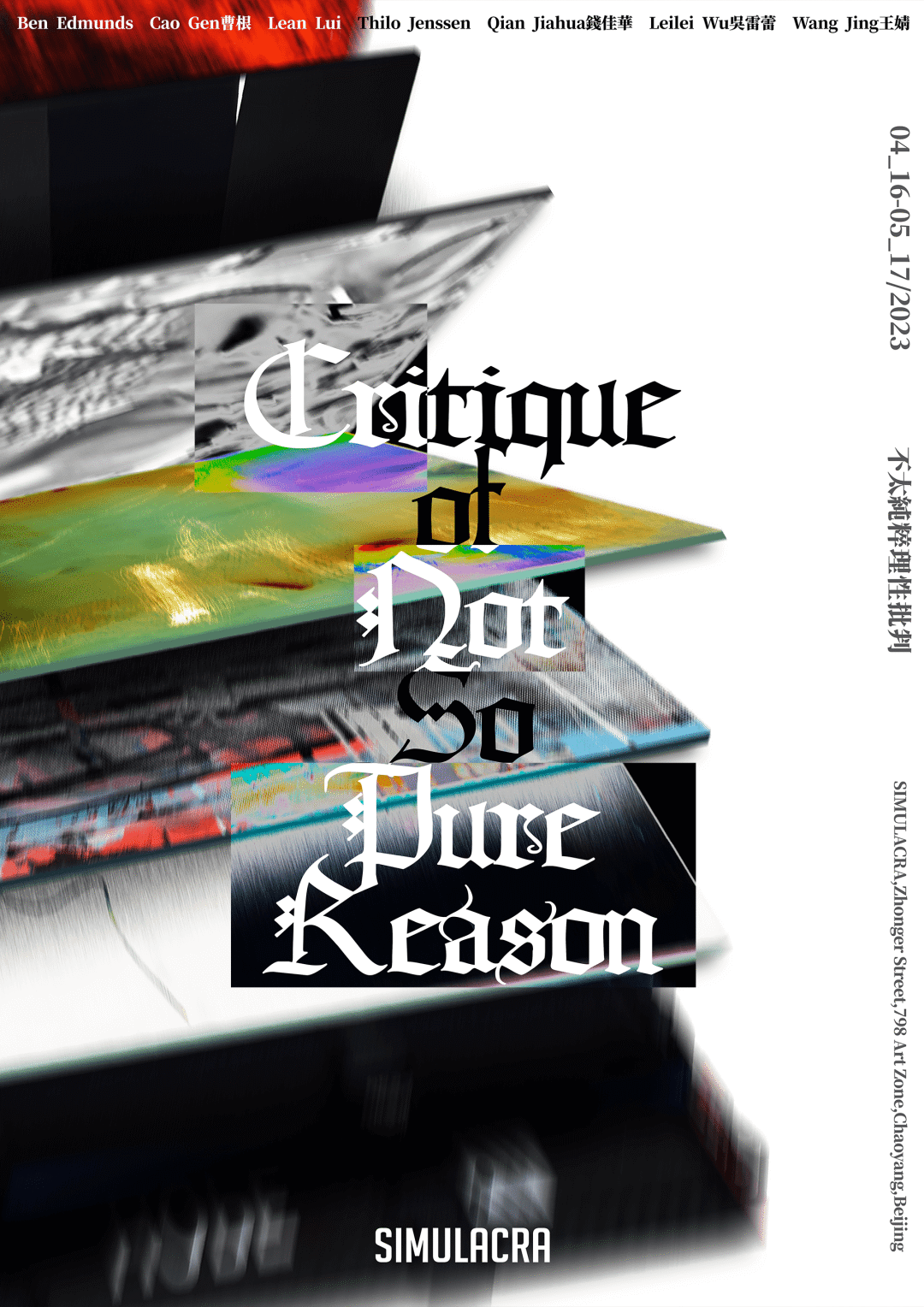
|
曹根 重庆 2022 |
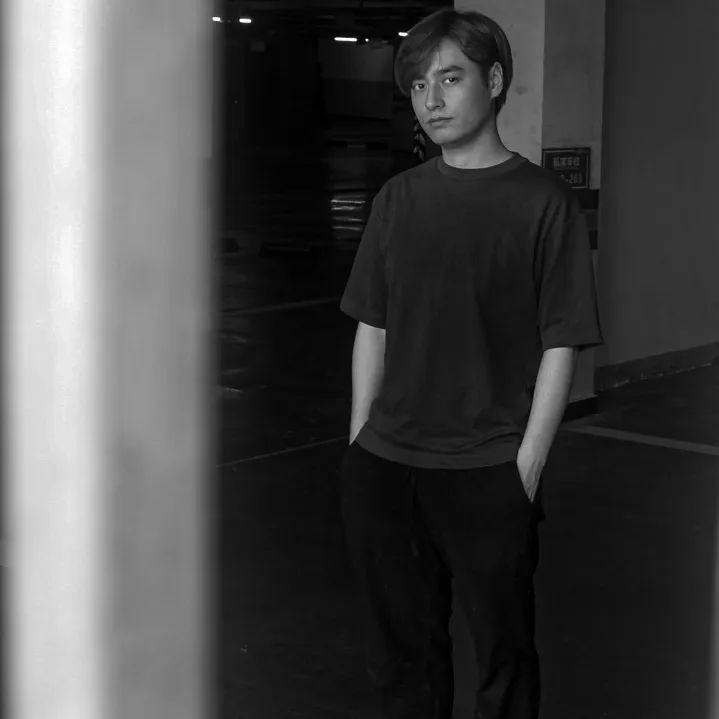 |
" 溶解具象最开始可能是一种训练 "
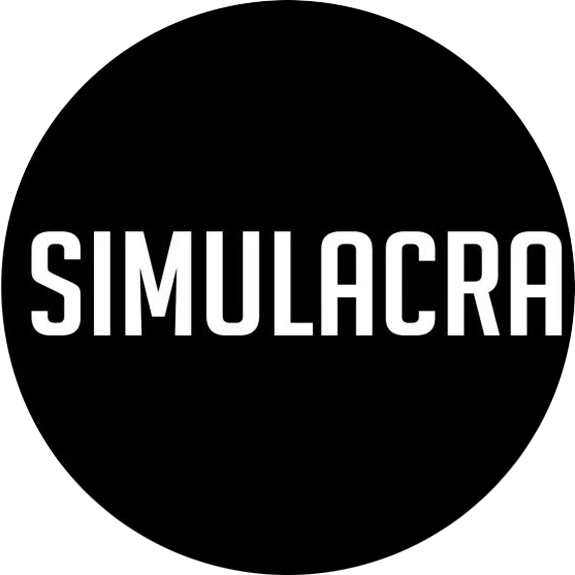 |
你觉得电子屏幕对你创作会有影响吗? | ||||
| 有影响,我甚至会画一些屏幕。 | 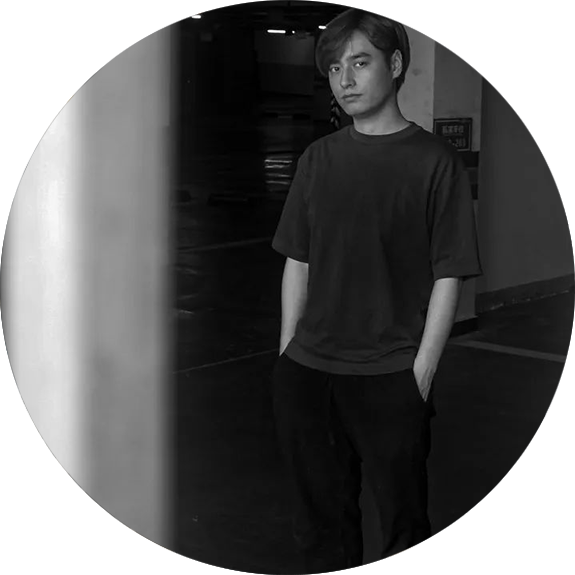 |
||||
 |
在一个图像可被批量生产的时代,版画实践在你的绘画创作中的意义是什么? | ||||
| 我的工作在印刷与绘画反复的过程里推进,版画的复数性本身也在对画面起作用,置入了某种不确定性。这种绘画的机制会导致我最初的预期改变,从而形成另一种结果。当然,版画的痕迹本身也在建构画面。 |  |
||||
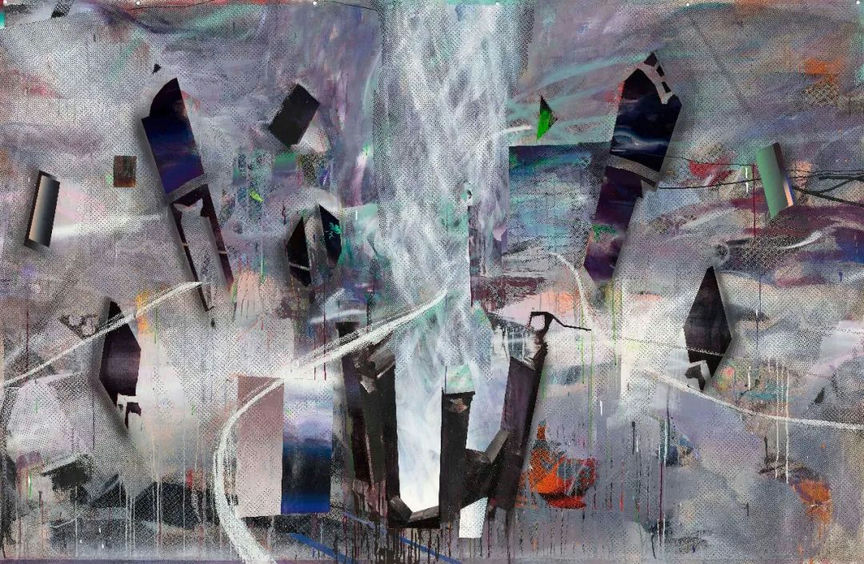
Spectacle, 170×260cm, 布面丙烯Acrylic on canvas, 2021, ©曹根
 |
你早期的作品是围绕着城市景观出发,重庆这种具有错落性的城市是如何启发你的? | ||||
|
重庆很特别,错落的建筑群是大多数城市没有的,哪怕只在现实的、人的尺度下观看也能感受到空间和场景的奇异。 |
 |
||||
 |
为什么没有选择前往艺术氛围更为浓重的一线城市,而是工作生活在重庆。 | ||||
|
从本科开始我就一直在重庆,现实中的干扰相比其他城市来说少一些。 |
 |
||||
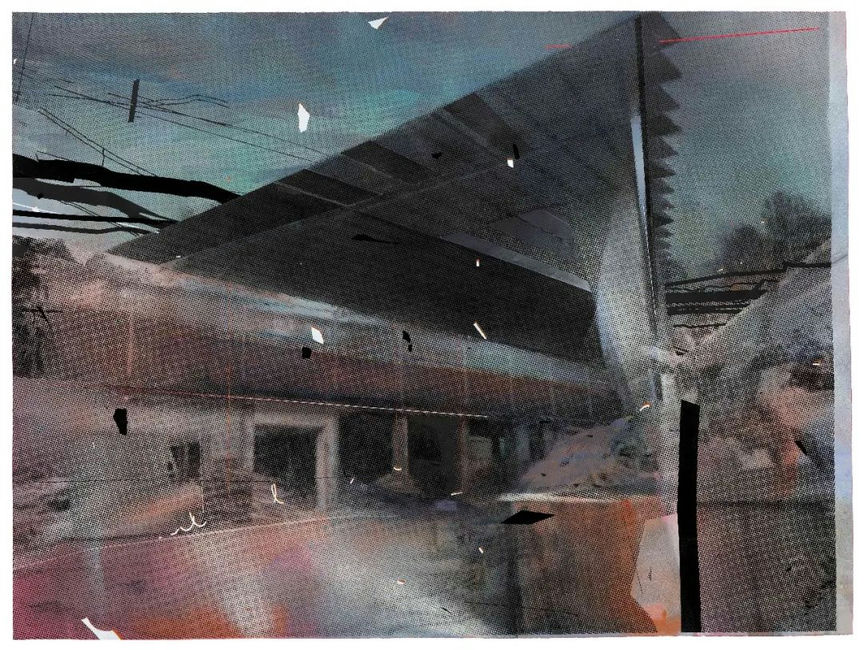
Unrecognized System1, 76×105cm, 纸本丙烯Acrylic on paper, 2018, ©曹根
 |
为什么偏好把具象对象抽象化? | ||||
|
溶解具象最开始可能是一种训练,因为具象的内容对我来说还是太直白,也想在画面中保持某种观看的难度,所以逐渐成为现在的偏好。 |
 |
||||
 |
作品中拼贴感,是图层概念,还是指向一种透视的变形? | ||||
|
先有图层概念,结构上也有透视的需要。 |
 |
||||
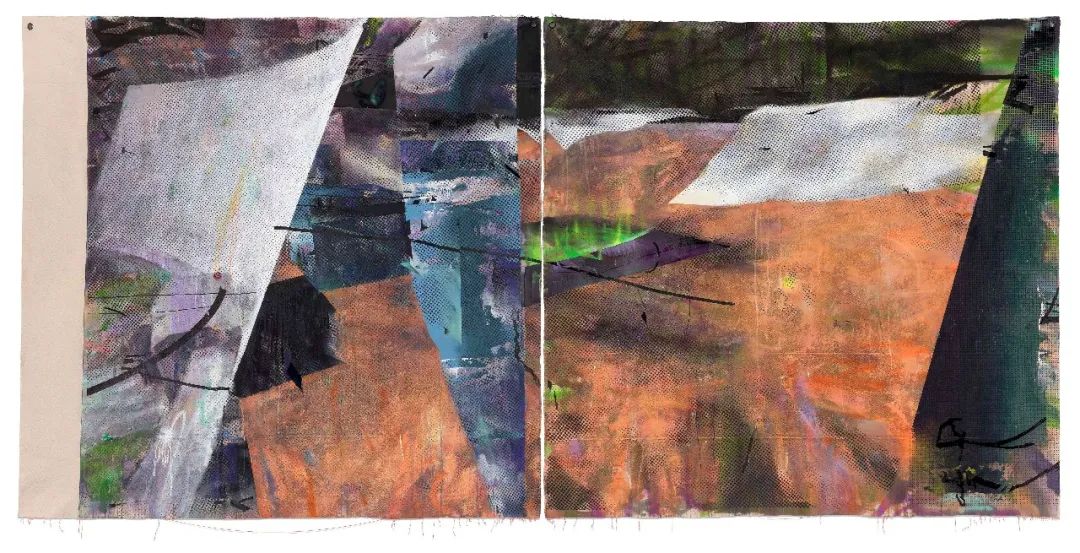
焦土Scirched Eart, 200×408cm, 布面丙烯Acrylic on canvas, 2022, ©曹根
 |
对于绘画呈现在何种材质上,你是如何做出决定的,比如选取木板、纸本、这种标准是什么? | ||||
|
我自己没有特别偏好的材质,选择的标准更多还是因为画面的需要而决定的。 |
 |
||||
 |
你的作品更多强调的是观念还是审美? | ||||
|
审美。 |
 |
||||
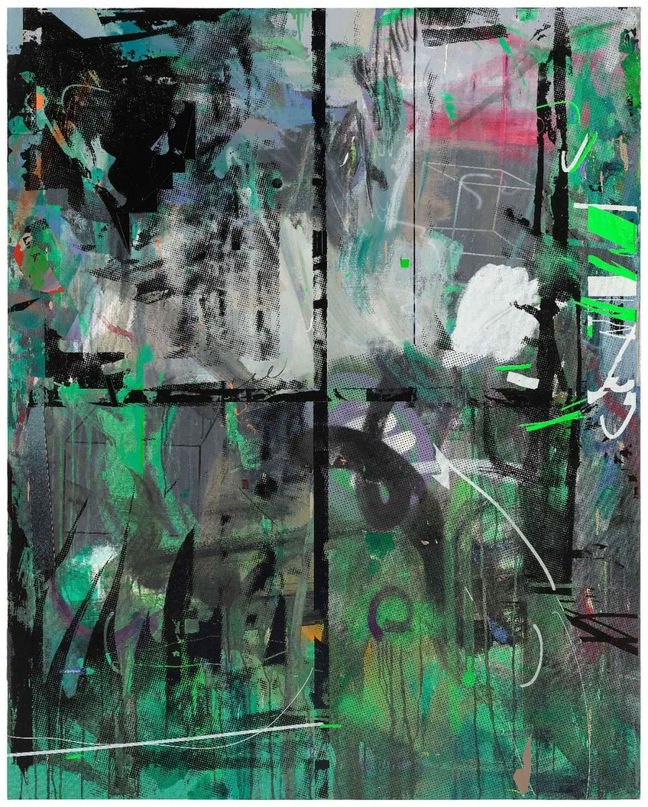
Untitled 5, 150×120cm, 布面丙烯Acrylic on canvas, 2020, ©曹根
 |
在某些作品中,呈现出了一种形和颜色整体和谐性,你有没有提前去用一种纯审美的角度去测量/调研去做出最终决定?还是采用一种偏数学/理性的方式? | ||||
| 有,一部分是直觉判断,一部分是理性设计的产物。 |  |
||||
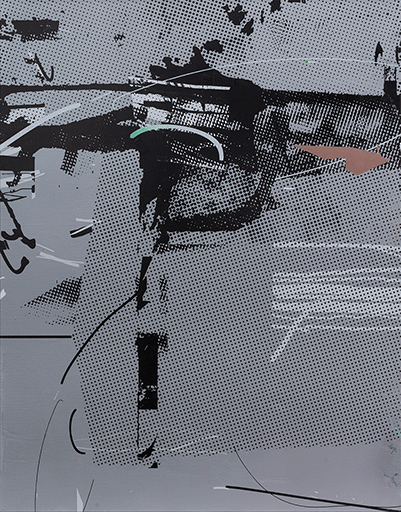
Untitled 9, 97.5×76.5cm, 布面丙烯Acrylic on canvas, 2022
 |
Do you feel that electronic screens have an impact on your work? | ||||
|
Yes, I even paint some screens. |
 |
||||
 |
In an age where images can be mass-produced, what is the significance of printmaking practice in your painting? | ||||
|
My work moves through a process of printing and painting repeatedly, and the plural nature of printmaking works on the image, placing a particular uncertainty. This pictorial mechanism leads to a change in my initial expectations, resulting in a different outcome. Of course, the prints' traces themselves also construct the image. |
 |
||||
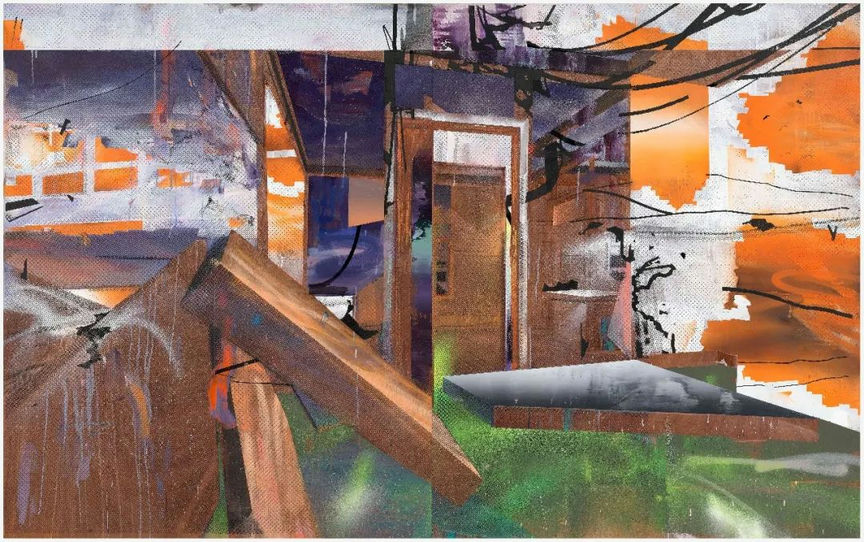
After Flame, 150×240cm, 木板丙烯Acrylic on wood, 2022, ©曹根
 |
Your early works were based around urban landscapes. How did the staggered nature of Chongqing inspire you? | ||||
|
Chongqing is unique in that the staggered mass of buildings is something that most cities do not have, and even when viewed on a realistic, human scale, you can feel the strangeness of the space and the scene. |
 |
||||
 |
Why did you choose to live and work in Chongqing instead of moving to a first-tier city with a more substantial art scene? | ||||
|
I have been in Chongqing since I was an undergraduate, and the reality is less intrusive than in other cities. |
 |
||||
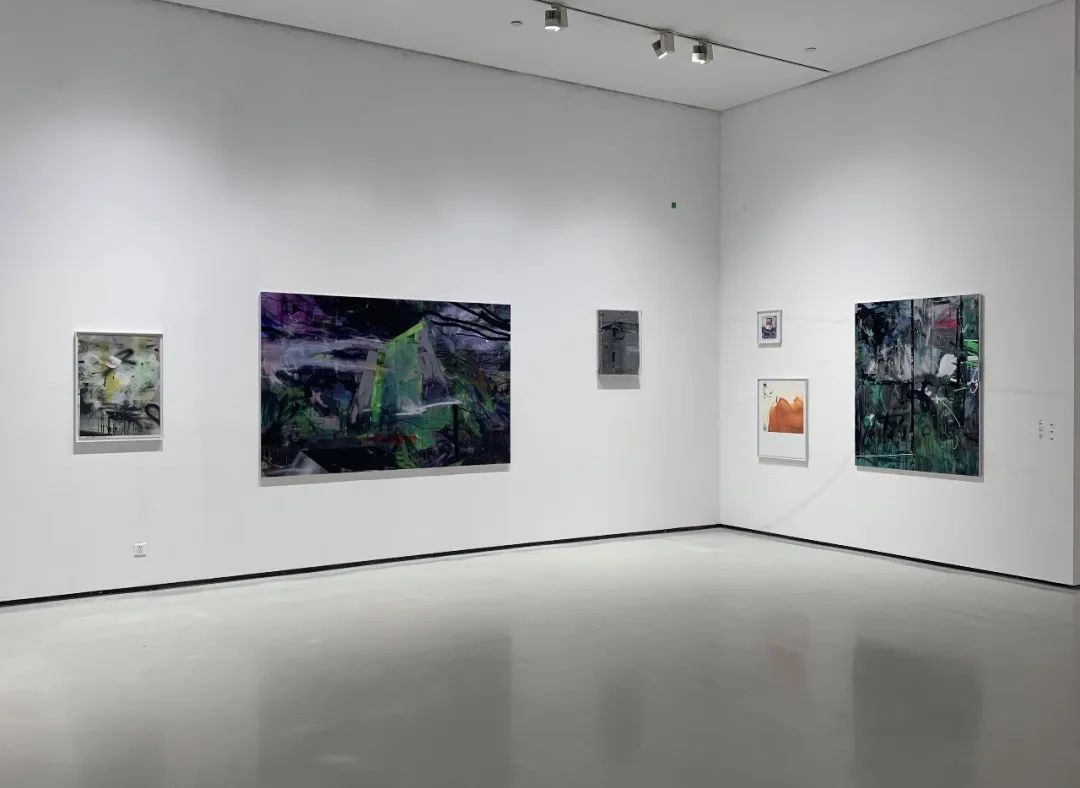
礼物——四川美术学院造型艺术学院学生作品提名奖现场, 四川美术学院美术馆, 2021, ©曹根
 |
Why do you prefer abstract figurative objects? | ||||
|
Dissolving symbolic objects was probably a training at first because the figurative content was still too straightforward for me, and I also wanted to keep some viewing difficulty in the image, so it gradually became a preference now. |
 |
||||
 |
Is the sense of collage in the work a concept of layers, or does it point to a kind of perspective distortion? | ||||
|
The concept of layers comes first, and there is also a need for perspective in the structure. |
 |
||||
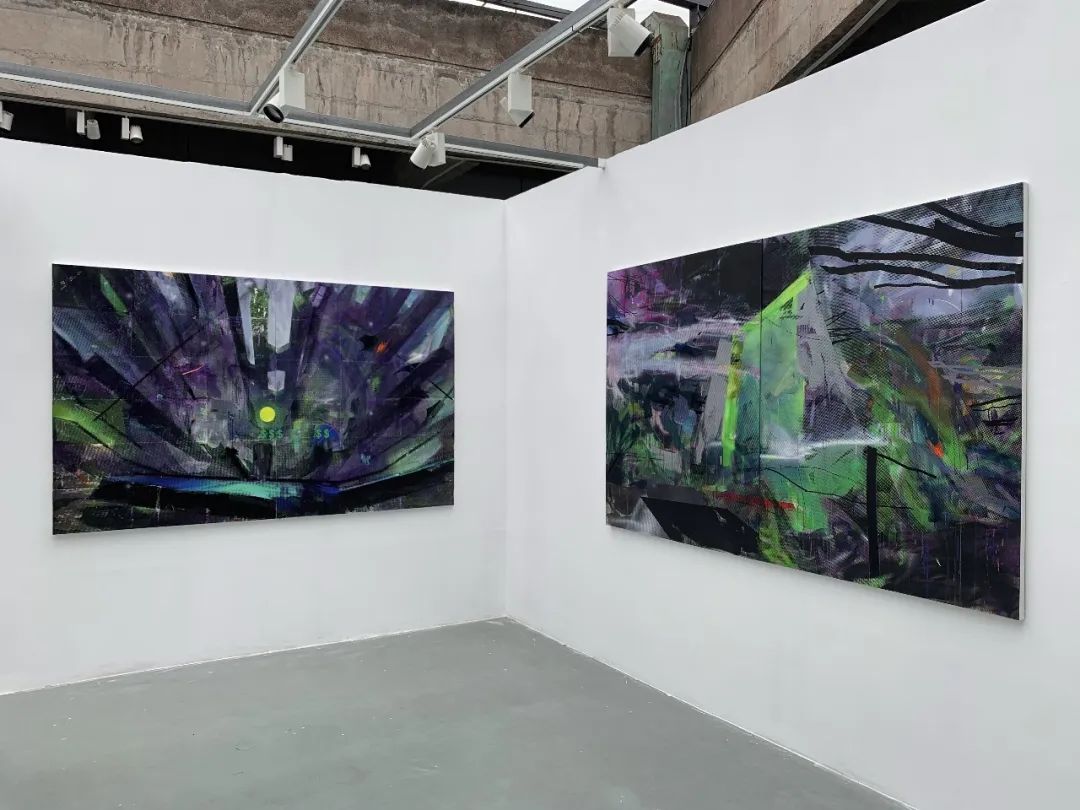
周春芽奖学金作品展, 四川美术学院造型艺术学院, 2021, ©曹根
 |
How did you decide on the materials for the paintings, for example, wood and paper? What is the criteria for this? | ||||
|
I don't have a particular preference for materials. The choice is more based on the needs of the picture. |
 |
||||
 |
Is the emphasis in your work more on concept or aesthetics? | ||||
|
Aesthetic. |
 |
||||
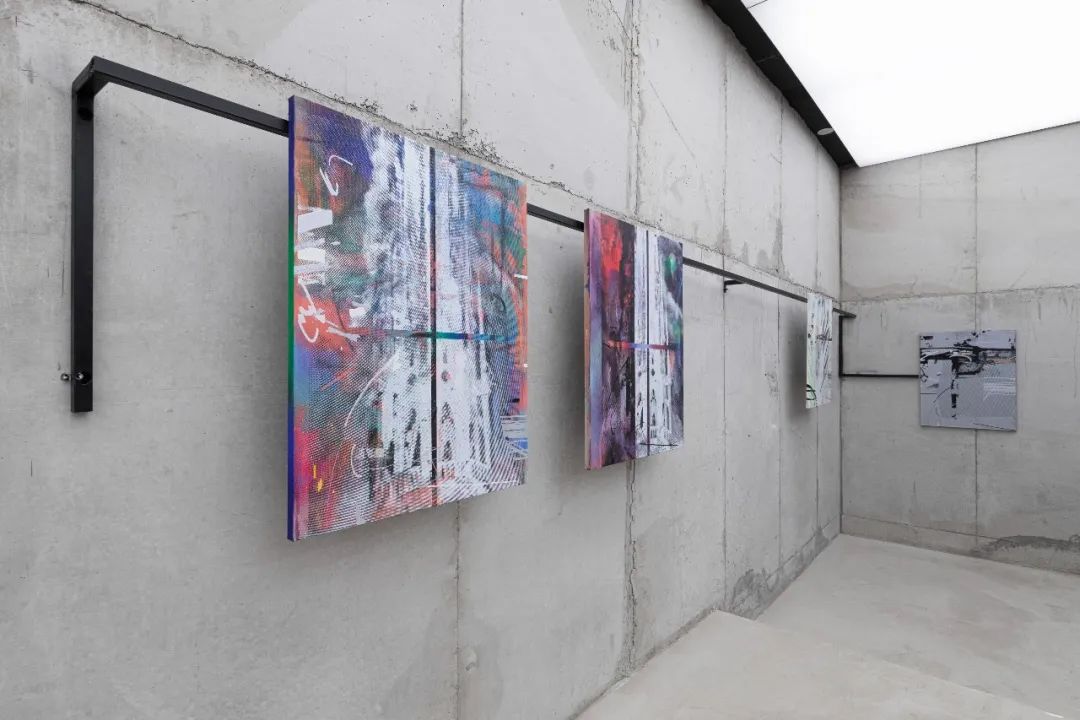
Critique of Not-so-pure Reason不太纯粹理性批判, SIMULACRA拟像, 2023
 |
In some works, there is an overall harmony of shape and colour. Do you measure/research in advance to make a final decision from a purely aesthetic point of view? Or do you take a mathematical/rational approach? | ||||
| Yes, partly intuitive and partly the product of rational design. |  |
||||
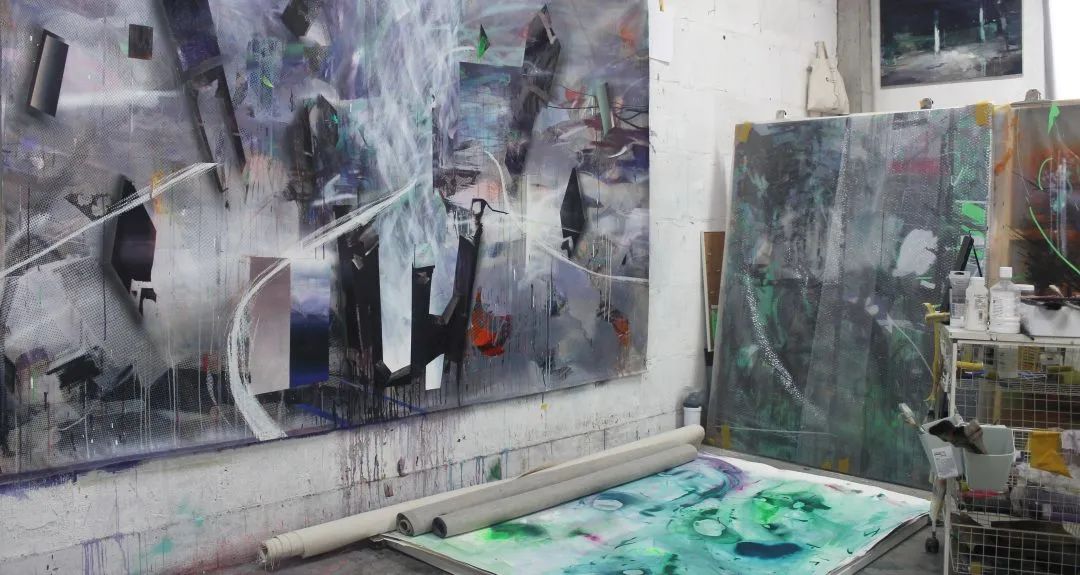
艺术家工作室, ©曹根
©文章版权归属原创作者,如有侵权请后台联系删除
